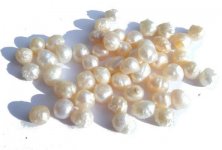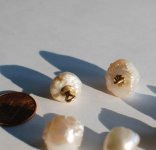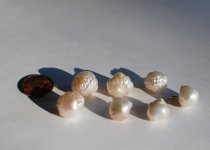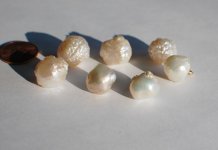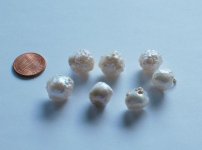Hello!
Below are some pics of some pearls buttons I found out thrifting a couple years ago. After they sat in a drawer for awhile I decided to take them in and have them appraised. The lady said that they were called rose bud pearls, but I javen't been able to find out much information or any similar ones online. Do they have another name?
They look to be vintage and I'm guessing that there were some type of shirt stud; there are actually two sets, a set of 4 and a set of 3. The mountings did test positive for 14K gold, and I was told that her opinion was that they were natural american pearls but there was no way to tell for sure unless they were x-ray'd. At some point in the future I would like to sell them. Should I go ahead and have them done? Any recommendations?
Any and all help is greatly appreciated!
Cheers,
Becca
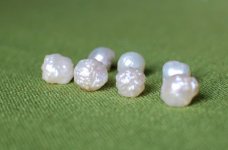
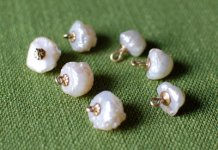
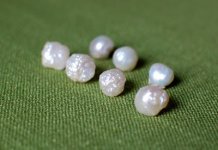
Below are some pics of some pearls buttons I found out thrifting a couple years ago. After they sat in a drawer for awhile I decided to take them in and have them appraised. The lady said that they were called rose bud pearls, but I javen't been able to find out much information or any similar ones online. Do they have another name?
They look to be vintage and I'm guessing that there were some type of shirt stud; there are actually two sets, a set of 4 and a set of 3. The mountings did test positive for 14K gold, and I was told that her opinion was that they were natural american pearls but there was no way to tell for sure unless they were x-ray'd. At some point in the future I would like to sell them. Should I go ahead and have them done? Any recommendations?
Any and all help is greatly appreciated!
Cheers,
Becca




